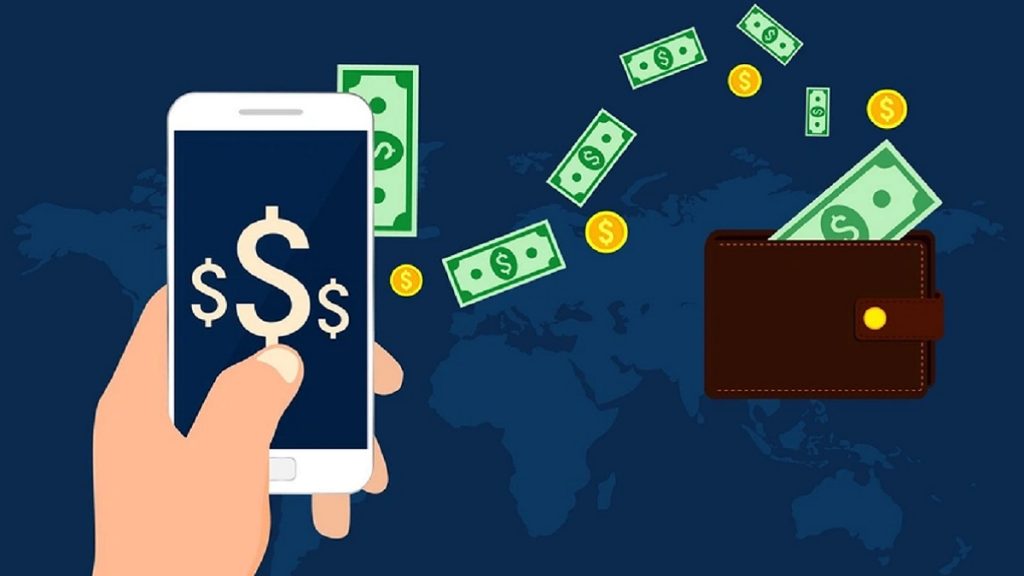As digital technology continues to revolutionize financial services worldwide, mobile money has emerged as a powerful tool for economic empowerment. In Bangladesh, where traditional banking infrastructure often fails to reach the marginalized, mobile money services offer a promising alternative.
As per the Population and Housing Census 2022, 69.93% of the total population aged 15 years and above in Bangladesh have mobile phones for their own use, and 39.11% of them have mobile banking accounts.
However, for these services to truly fulfill their inclusive potential, they must be accessible to all segments of society, including people with disabilities.
Over the past decade, Bangladesh has seen a rapid expansion of mobile financial services, with the total number of MFS accounts reaching 224 million as of March 2024, according to Bangladesh Bank data.
Mobile Financial services enable users to perform various transactions, from transferring money to paying bills, through their mobile phones. For many, mobile money provides a convenient, safe, and cost-effective way to manage finances.
As per the last census, 1.37% of the population in Bangladesh lives with some form of disability. World Bank research shows that disability in Bangladesh costs US$1.18 billion annually, equivalent to 1.74% of GDP, due to the exclusion of disabled people from the workforce and the burden on their families.
People with disabilities often face significant barriers in accessing traditional banking services due to physical, technological, and informational challenges. Accessible digital financial products and mobile money have the potential to break down these barriers, offering disabled individuals greater financial independence and participation in the economy.
A 2023 study in Ghana found that while people with disabilities are less likely to use commercial banks (6.3%), rural banks (4.8%), and at least one financial service (6.3%), they are 53.7% more likely to use mobile money. This highlights the potential of mobile money as a substitute for traditional banking services for people with disabilities, particularly in rural areas.
In Kenya, the M-PESA service has included features tailored for users with disabilities, such as text-to-speech options. Similarly, in India, the government has promoted digital financial inclusion through accessible technology and targeted financial literacy programs for disabled individuals.
Challenges
Despite its potential, several barriers prevent people with disabilities from fully benefiting from mobile money services. For instance, many mobile money platforms are not designed with accessibility in mind. Some interfaces may be difficult for visually impaired users to navigate if they lack screen reader compatibility or voice command features.
Limited digital literacy among disabled individuals can hinder their ability to use mobile financial services effectively. Educational initiatives are needed to bridge this gap.
Also, the cost of mobile devices and internet services can be prohibitive for disabled people, especially those who are economically disadvantaged.
Ensuring accessibility
To ensure mobile money services are truly inclusive, several steps can be taken:
Design for all: Financial institutions and tech companies must design mobile money applications that are accessible to people with disabilities. This includes integrating features like voice commands, larger text sizes, and compatibility with assistive technologies.
Digital literacy programs: Implementing digital literacy programs specifically targeted at people with disabilities can help them proficiently use mobile financial services. These programs should be offered through community centers, schools, and online platforms.
Subsidies and financial support: Financial subsidies for mobile devices and internet access can help lower the cost barrier for disabled individuals. Government and private sector partnerships can play a crucial role in this effort.
Public awareness campaigns: Comprehensive awareness campaigns can inform disabled individuals about the availability and benefits of mobile money services. These campaigns should utilize various media channels to reach a broad audience.
For Bangladesh to achieve true financial inclusion, it is essential to address the unique needs of its disabled population. Mobile money can potentially be a game-changer for financial inclusion in this regard.
